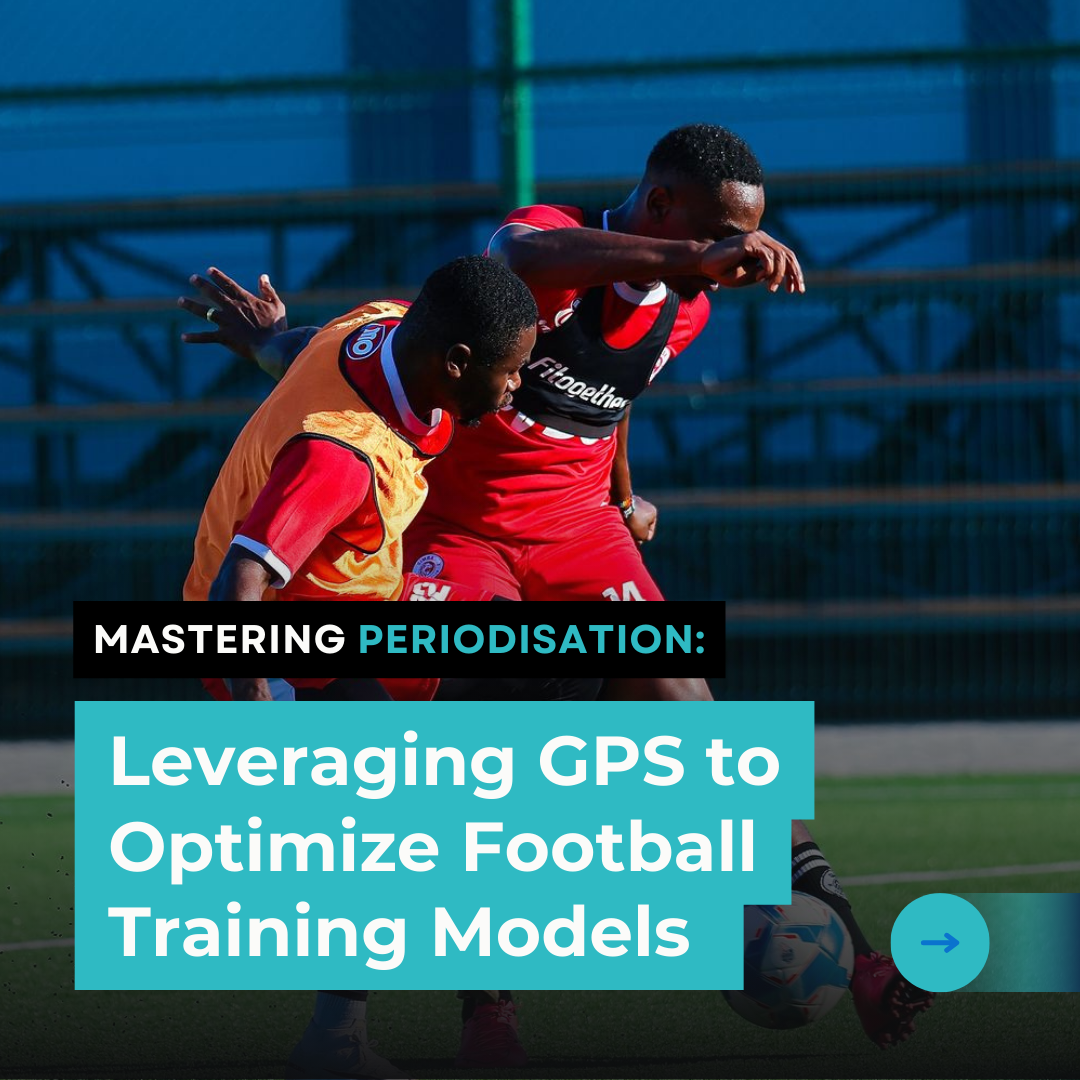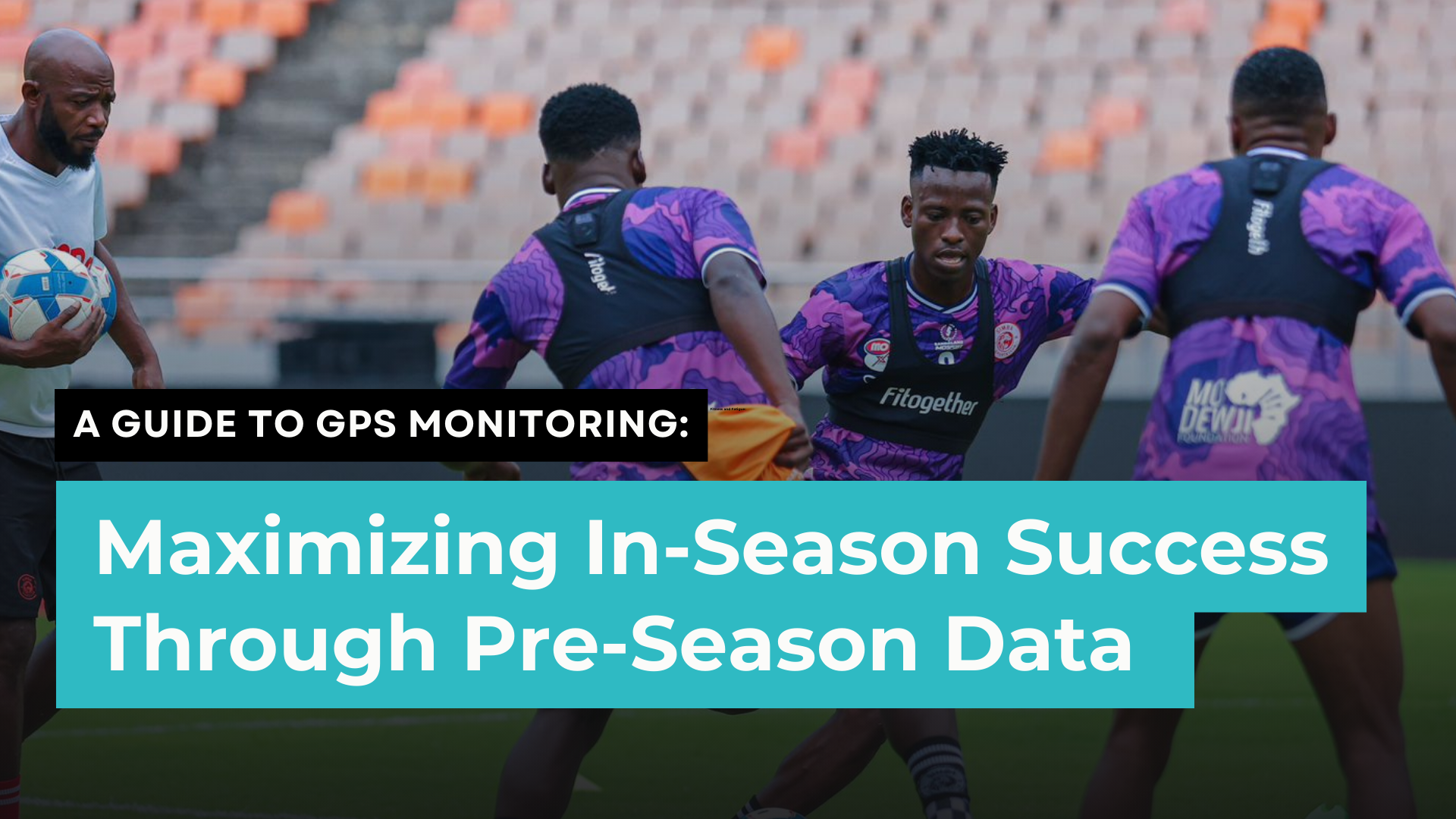
Welcome to another episode of Fitogether Vision & Insights! Your go-to source for staying at the forefront of sports science and technology. Our weekly updates deliver a curated blend of sports insight and knowle
As we observe now that most league competitive season begins, the focus of training shifts from building fitness and physical preparedness to fine-tuning tactics and strategies for winning games. While physical conditioning remains a key part of periodization, from time to time it takes a backseat to accommodate the tactical demands necessary for achieving your season's goals.
If your pre-season was executed effectively, your players should be physically prepared for the rigors of the early season, typically covering the first 10 games. Research supports that a higher percentage of completed pre-season training sessions correlates with a reduced injury rate throughout the season. Beyond preparing players for competition, pre-season serves another critical function: generating data that can guide in-season monitoring and enhance performance.
Now, we guide you to how you can leverage this data effectively!
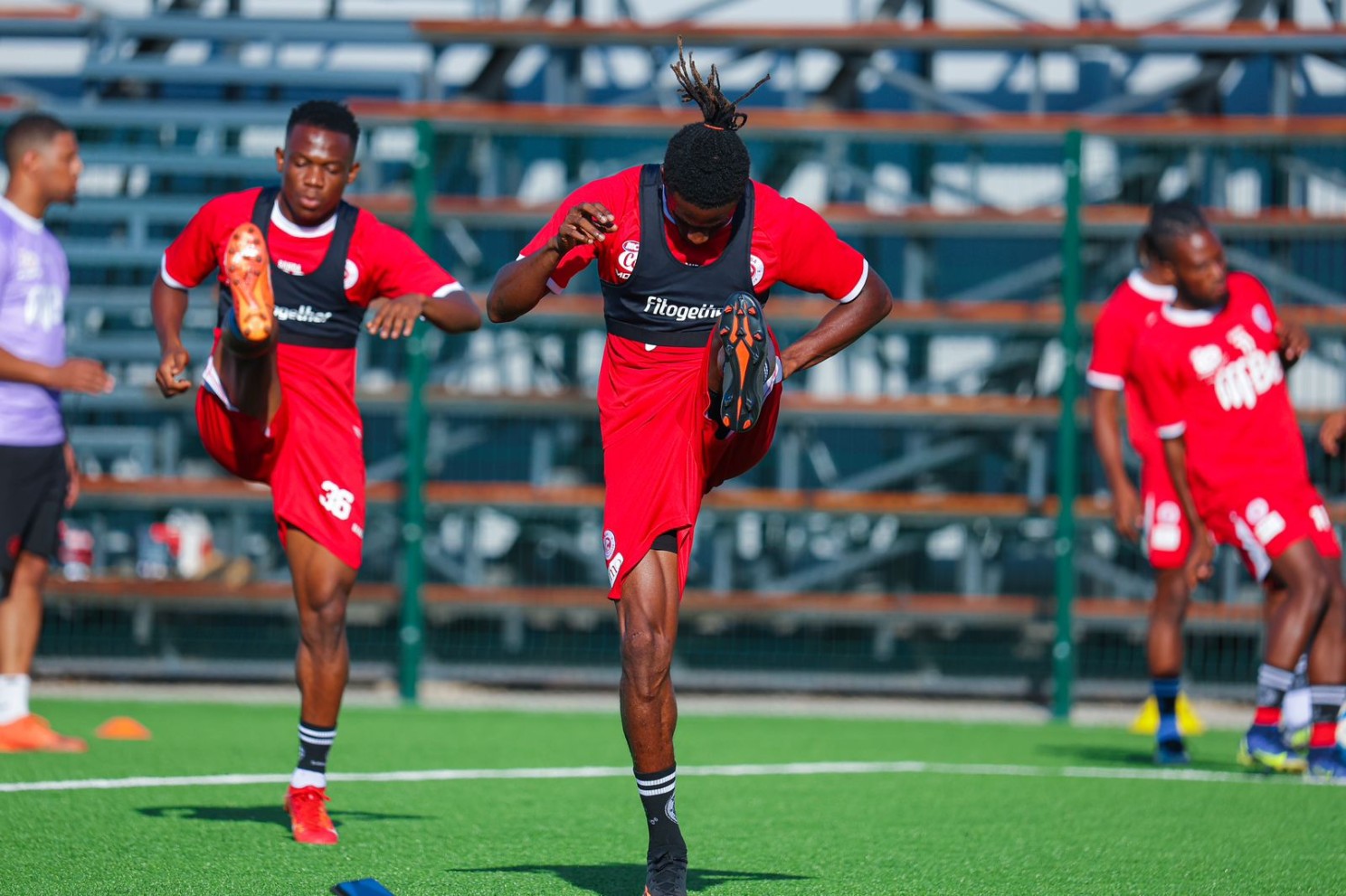
Leveraging Match Data for In-Season Success
Monitoring match performance through GPS units provides invaluable insights, but even if you don’t use GPS during the season, the data collected during pre-season friendlies remains crucial. This average match data forms the foundation for player profiles, offering a clear understanding of individual match demands.
This data is particularly valuable for new players or those coming from teams with different GPS systems, where previous data might be inconsistent or lacking. Understanding each player's match distances and high-speed running metrics allows you to create personalized plans that ensure they are physically prepared for the demands of the season.
One key metric to focus on is Match High-Speed Running. Targeting twice the match high-speed running volume in weekly training has been shown to enhance performance and reduce injury risks, particularly hamstring injuries, which are prevalent in elite football. This practice is vital not only for regular starters but also for players with limited match minutes, keeping their bodies conditioned for the unexpected demands of a game.
Practical Usage:
Let’s use an example of a player who averages 1000m of high-speed running in a game. How do we achieve around 2000m during the week to maintain that chronic load?
First, if they are a regular in the team and likely to play in the game (based on 1 game/week and a 4-day training week):
- MD -4 (Small Pitch Day) – Generally aim for around 150m
- MD -3 (Big Pitch Day) – Aim to give that player around 600m
- MD -2 (Transition/Recovery Day) - Aim for that player to achieve around 50m
- MD -1 (Short & Sharp) – Aim for that player to achieve around 200m
- MD (Game Day) – Full game would lead to around 1000m
Obviously, your training methodology might be different, however the principles should stay the same with aim to get a good volume of high speed on your bigger pitch day.
If a player doesn’t play in the game, then you can add in a good volume of high speed in post-game runs or the next day when they train on an MD +1.
Max Speed: A Crucial Metric for Performance and Injury Prevention
During pre-season, players should reach or approach their maximal speed, whether through planned max-speed tests or naturally during training and friendlies. Max speed is a critical metric for maintaining physical performance and player availability throughout the season.
Research highlights the importance of exposing players to speeds greater than 90% of their max speed 1-2 times per week. The benefits are clear:
- Neuromuscular Adaptation: Regular high-speed exposure keeps muscles primed for explosive actions, especially during sprints.
- Speed Development: Training at high speeds helps players develop and maintain their sprinting ability.
- Injury Prevention: Conditioning the hamstrings through regular high-speed training reduces the risk of injury during high-intensity actions.
- Match Readiness: While players typically reach 80-90% of their max speed in games, they occasionally need to exceed this, such as when chasing an opponent or during counterattacks. Regular exposure ensures they are prepared for these demands.
For new players, identifying their max speeds is crucial, but it’s equally important to regularly update this data for all players. Factors such as age, previous injuries, physical development, and strength and conditioning programs can alter max speeds, making continuous monitoring essential.
Practical Usage:
When is the best time for your players to achieve 1-2 exposures of 90% max speed to support injury prevention?
First, if they are regulars in the team and likely to play in the game (assuming 1 game/week and a 4-day training week),
Identify a window of opportunity that enables your player to be exposed to those high speeds with limited injury risk, generally as far away from the game as possible.
Whether your big pitch training day is an MD -4 or an MD -3, this is the most appropriate time to achieve >90% max speed. First of all, it is preparing your players for the bigger areas that they will train on and the opportunity to achieve higher speeds is there.
Build your players up to >90% speed ideally during the warm-up, progress your players through 70%, 80%, 85%, and then try to achieve over 90%.
If you achieve this for your entire squad on your big pitch day, then your second exposure might occur during the game where you obviously have no control over speeds your players achieve. In addition, for players who do not play in the game you could look to get this exposure in post-game conditioning especially if the next day is a recovery day off.
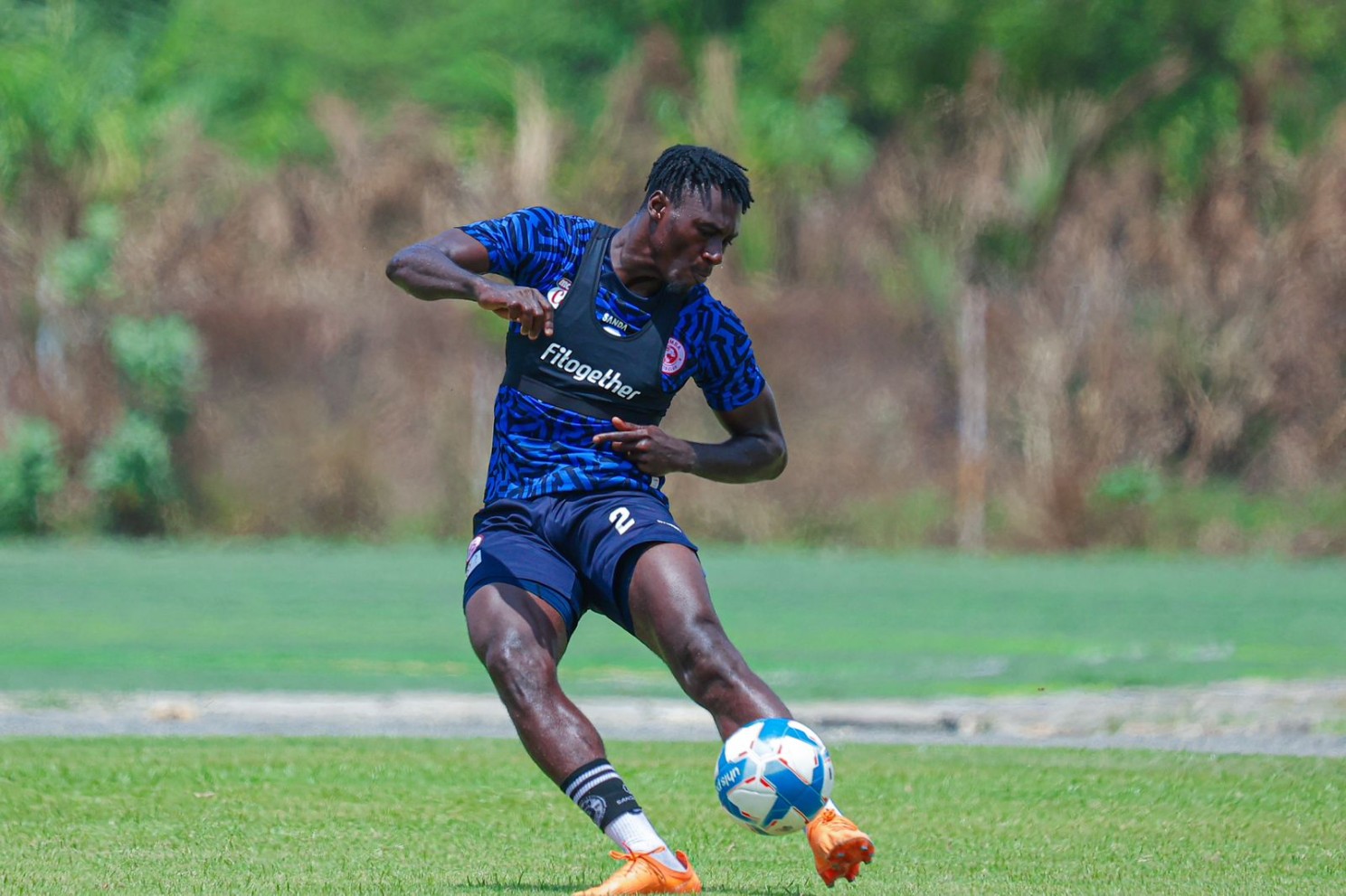
Building a Drill Database for Load Management
Pre-season also offers exposure to a wide range of technical drills, often in varying player group sizes. This variety is particularly useful for post-game training sessions (MD+1), where starters are recovering, and the training group is smaller.
Creating a comprehensive drill database from every session, using the specific names your coaching staff uses, allows you to predict the load and physical demands of each drill. This data, when clipped with tools like Fitogether and exported to analysis platforms like Excel, Power BI, or Tableau, enhances your ability to manage player load effectively throughout the season.
If possible, break down your drill data to include per-minute values. This allows you to calculate GPS metrics for drills that may not match the exact duration previously used, offering more precise control over training loads.
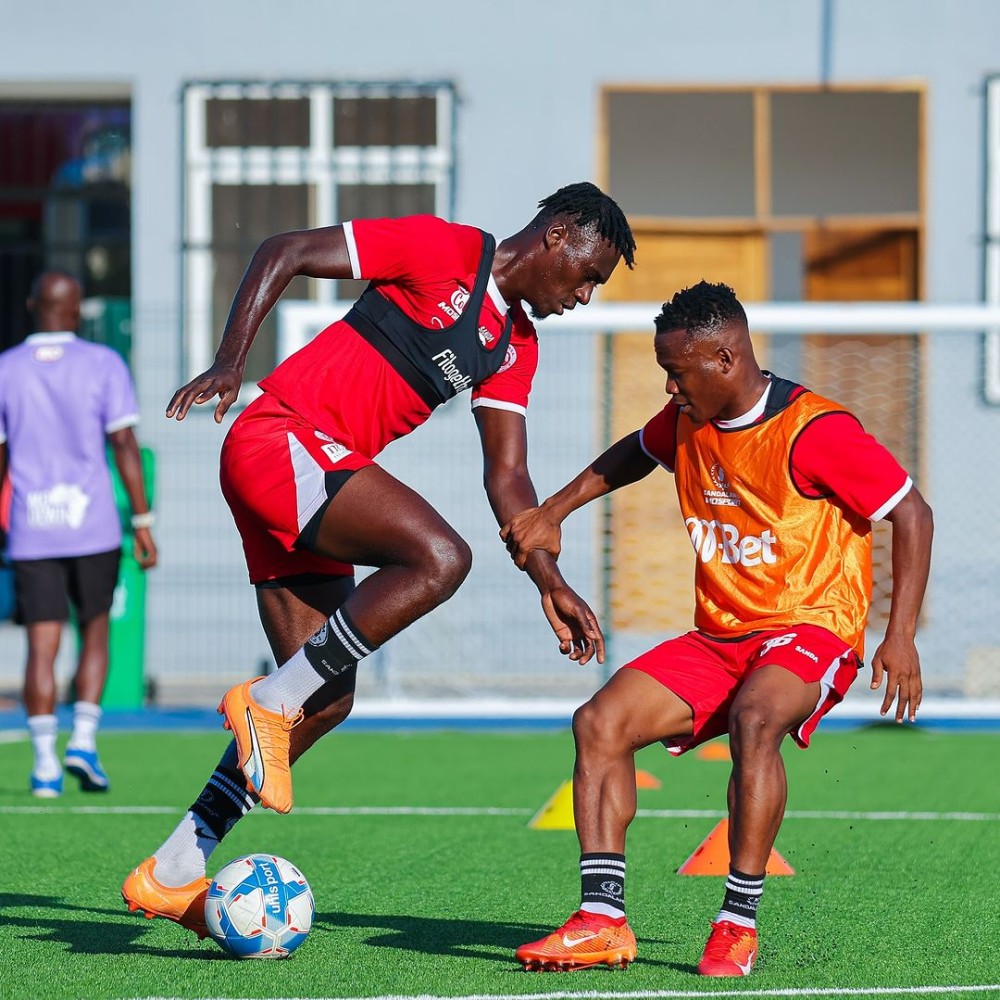
Conclusion: An Integrated Approach to Season Monitoring
While we often divide the football season into pre-season, in-season, and off-season phases, these stages are interconnected. Your GPS monitoring should reflect this continuity, providing insights into trends, player management, injury prevention, and physical performance at every stage.
By utilizing tools like Fitogether and Fitogether’s ultra-accurate systems, you can gather the detailed information necessary to maintain a fit and prepared squad throughout the season.
The data collected during pre-season is not just a snapshot but a resource that can drive your team’s success, keeping your players at their peak and ready for any challenge the season brings.
If you're eager to take your team's performance to the next level and want to learn more about how these tools can support your goals, we're here to help. Don't hesitate to reach out to start the conversation. We look forward to working with you!
.png)

